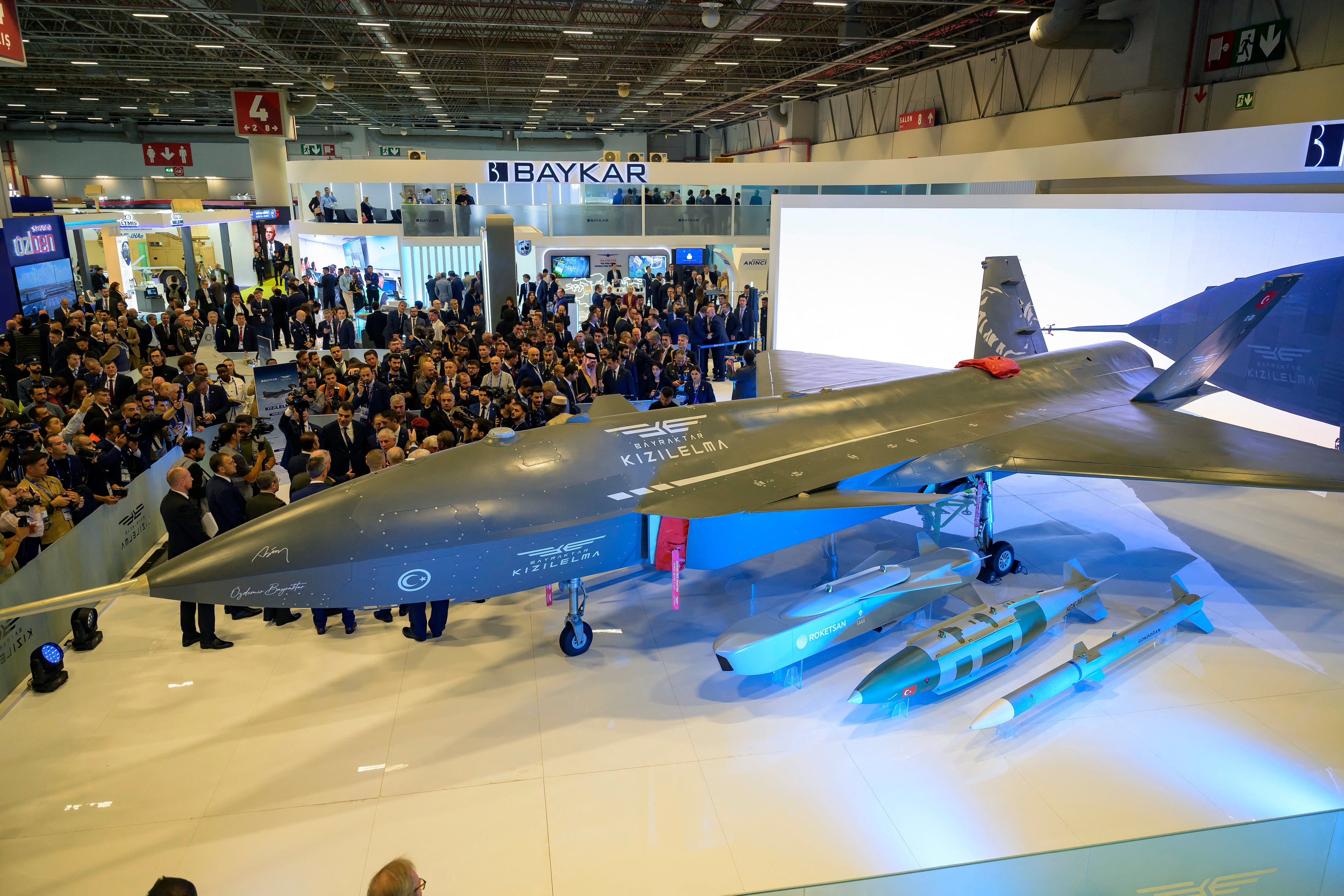As the Army shifts its focus and increasingly emphasizes readiness, leaders are looking to interoperability – in systems, in teams, in networks and elsewhere – to help accelerate preparedness to fight anywhere, anytime.
It's a trend across the military and even around the world as the U.S. partners more with coalition forces. In ballistic missile defense, soldiers are test-driving the interoperable missile defense system seen as critical to the future.
"This is sort of back to the future where the Army in the past did a lot for readiness exercises. For example, a unit has to be prepared to go somewhere — no they give a no-notice exercise where they come in and say, you have six hours to prepare to move your equipment, we’re shipping you overseas to the theater," said retired Lt. Gen.TG Kevin Campbell, vice president of government programs at Northrop Grumman. "The Army had gotten away from that because of the wars in Iraq and Afghanistan. But now there’s a return to the sense that we’ve got to be ready to go in any direction in the future. And the pattern that comes from that to industry is I’ve got to be lighter, I’ve got to be able to integrate with systems out there in a cohesive fashion to take advantage of any system out there."
The integrated air and missile defense battle command system (IBCS), an enterprise-focused platform designed to coordinate U.S. air missile defenses around the world, is in development by Northrop Grumman to do just that. Northrop Grumman last summer wrapped its own testing and since has handed it over to Army soldiers to operate and evaluate.
"The program is still in the development phase; we're coming to the end of that and we're coming to a production decision this summer that will lead to additional fielding in 2018. Last year we [carried out] the first in a series of flight test activities and we've been 100 percent successful," said Chuck Johnson, director of Northrop Grumman's integrated fires operating unit. "In fact a very significant test occurred in November. It was a chance to show you could take certain piece of a Patriot system, the launcher and the missile, and you could take a Sentinel radar – and those two things were never intended to work together in any way – and we provided the command and control in this network architecture data that said, give me sensor data from Sentinel, give me a Patriot shooter, and I can intercept a cruise missile threat. And we did that. It was the first time we really proved that taking disparate assets never designed to operate together and plug them into an architecture and execute the mission."
The data is a key part of both the IBCS mission and the broader move toward interoperability and coalition partnership, Campbell and Johnson noted. The ability to share data, whether through network communications or by using each other's sensors, improves mission readiness and effectiveness.
"You'll find that people will find ways to use your data that you never even thought of. And the greatest example in history is the global positioning system. Once upon a time people thought, who would use that?" Campbell said. "I think the same is true when IBCS is fielded and it's starting to build in different systems and people are sharing data – there will be a thirst for that."








